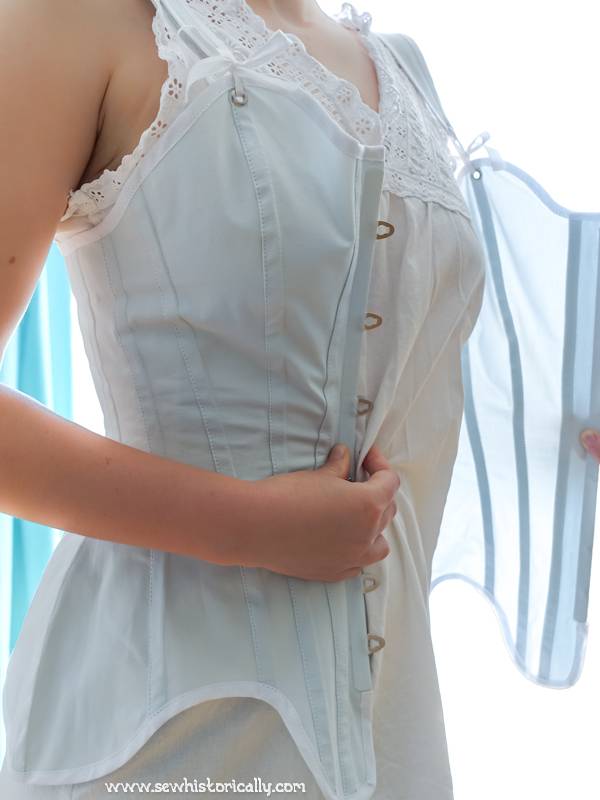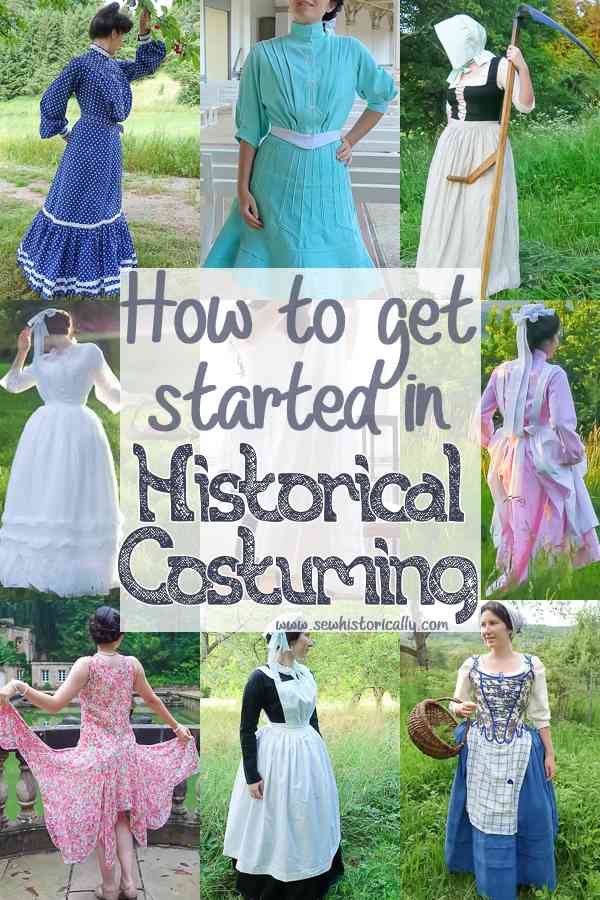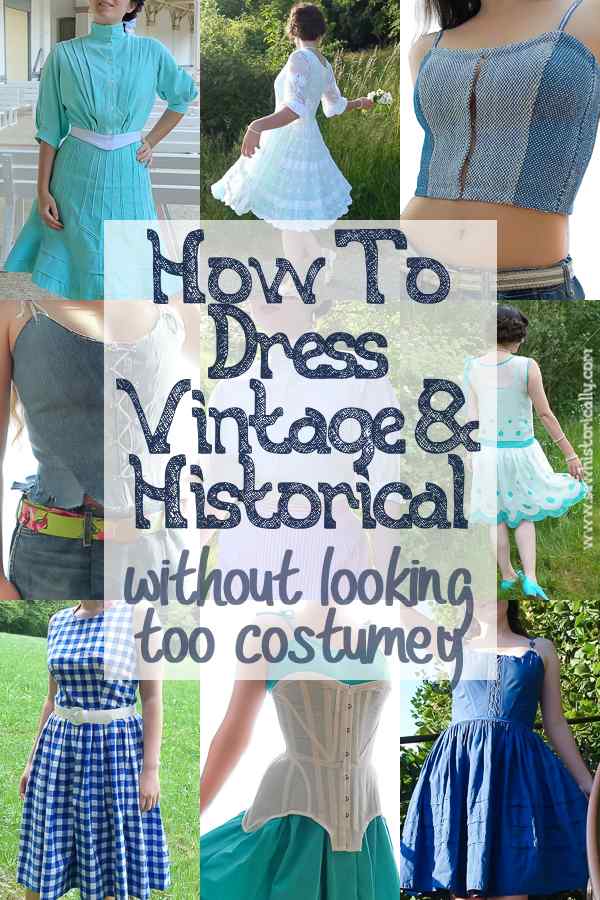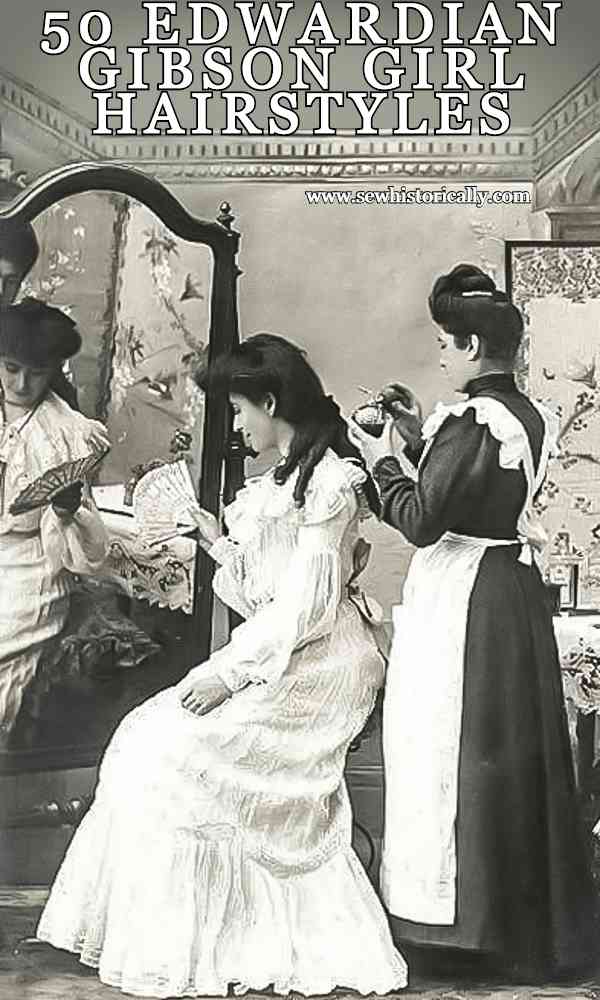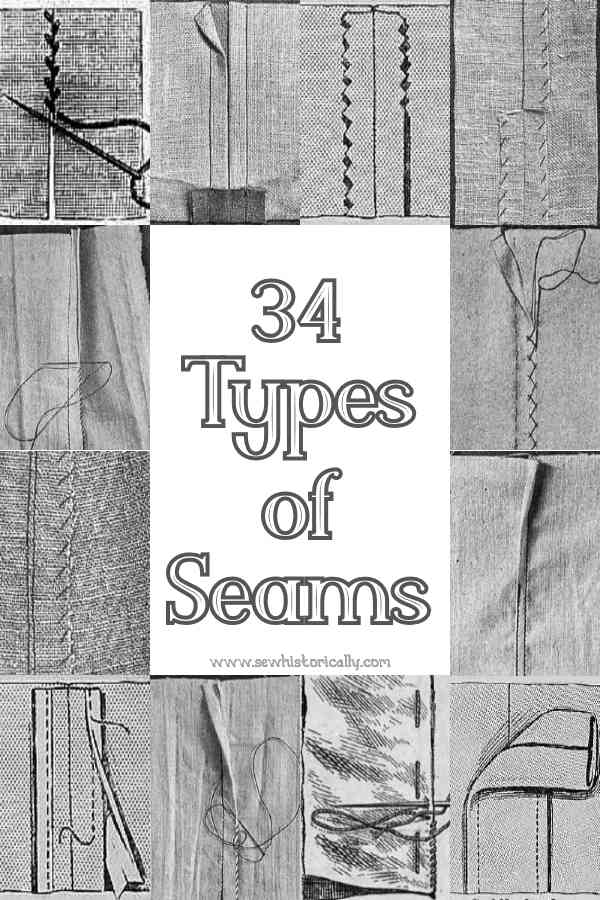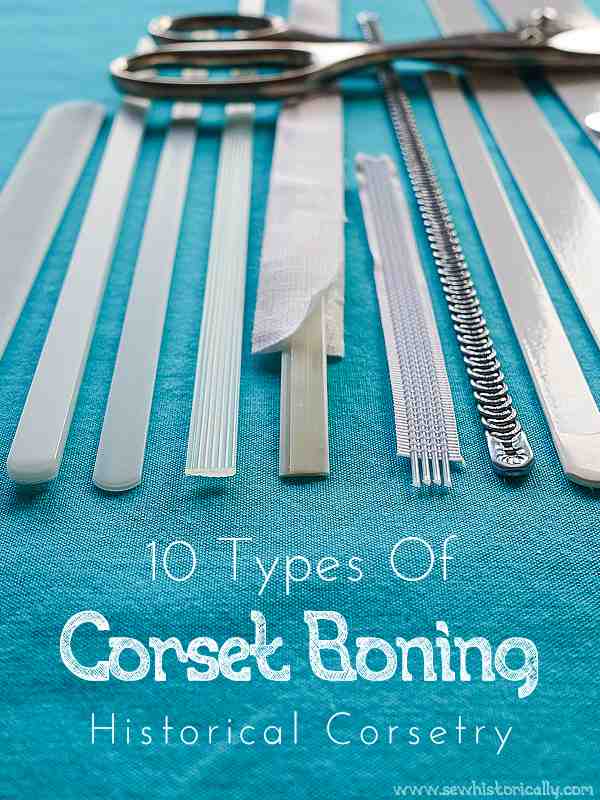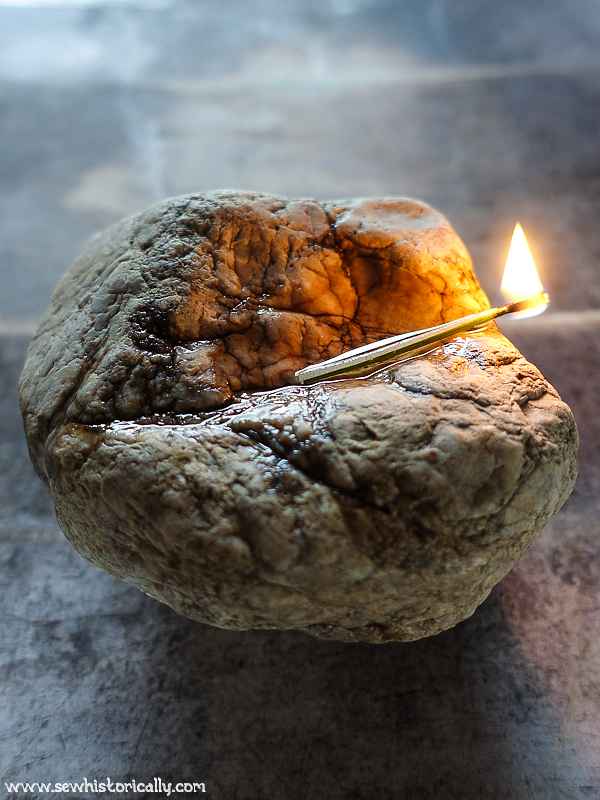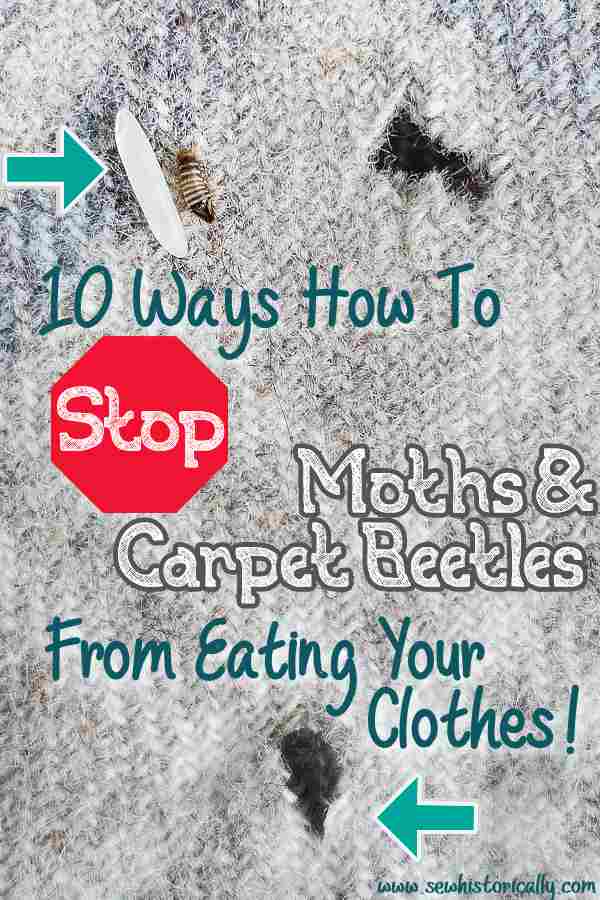Learn how to make rushlights with leftover cooking fat! You can use this DIY bacon fat candle with a DIY natural wick as emergency candle or as eco-friendly alternative to store-bought candles!
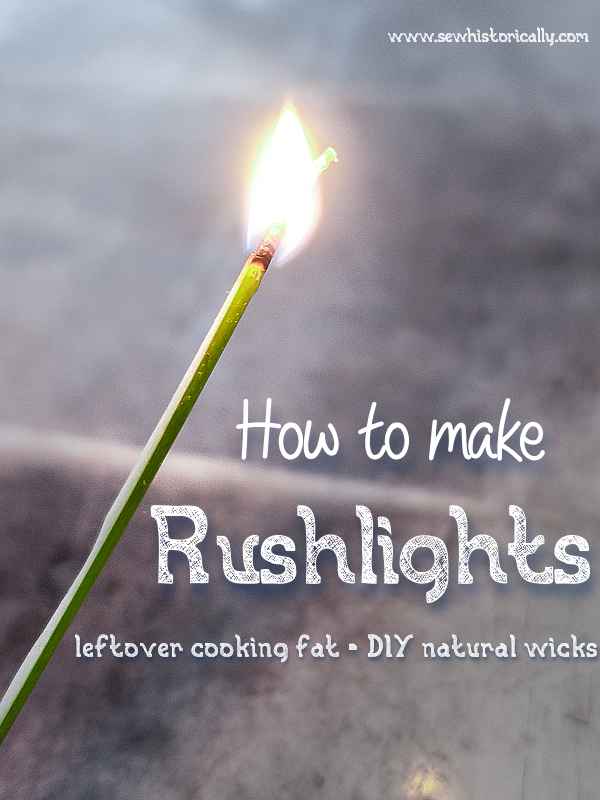
‘”I have no more influence than a farthing rushlight.” “Well,” was the reply, “a farthing rushlight can do a great deal: it can set a haystack on fire, it can burn down a house; yea, more, it will enable a poor creature to read […] Go your way, friend; let your farthing rushlight’ shine. (The Christian Miscellany, And Family Visiter, 1868)
Rushlights are one of the most ancient forms of lighting: They were already used in the Roman Empire and they were still used in the late Victorian era, especially in working class households. Rushlights were a cheap alternative to candles: They were usually made at home by children, women or older people.
Rushlights are really easy to make: You can still make them today as eco-friendly and cheap emergency candle. Besides, rushlights are a great way to use up leftover cooking grease! All you need to do is to gather rushes in summer or autumn, peel and dry them and then dip them into cooking grease or tallow. Continue reading How To Make Rushlights →
